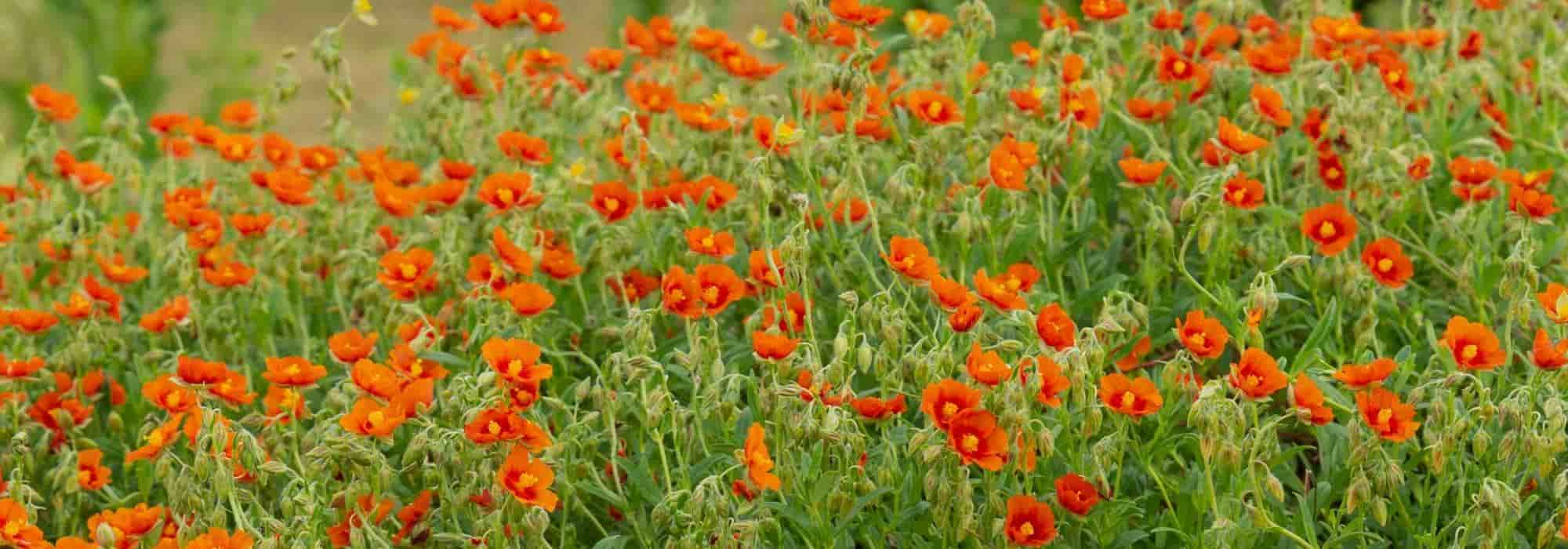
Growing helianthemum in a pot
on the terrace or balcony
Contents
Helianthemum is a beautiful little shrub that is very decorative, with evergreen or semi-evergreen foliage in green or silver. Highly floriferous, it produces an abundant spring and summer flowering of light flowers. This small shrub is hardier than its larger cousin, the Cistus. Helianthemum translates to ‘sun flowers’, which suits it perfectly. Indeed, it is a plant that enjoys full sun, warmth, and the dryness of the south. Easy to grow in rockeries or borders, it also makes a stunning display in a pot on the terrace or balcony. However, its cultivation is more delicate in pots than in open ground, but it is entirely possible.
Follow all our tips for growing a helianthemum in a pot, from planting and maintenance to wintering!
Which variety of Helianthemum to choose?
Helianthemums in our gardens mainly result from cross-breeding between the Apennine rock rose and the common rock rose. Thanks to their small size and relatively low groundcover habit, these sunflowers can adapt to pot cultivation, although growing them is more delicate than in open ground. You have plenty of choices. To help you, here’s a small selection of our favourites:
- With its remarkable double yellow flowers, Helianthemum ‘Sulphureum Plenum’ brings brightness to the garden or terrace. Its leaves are a rather greyish dark green.
- Helianthemum ‘Hartswood Ruby’ offers a magnificent raspberry red flowering with a golden centre, set against glossy dark green foliage.
- Helianthemum ‘The Bride’ is a stunning perennial, dazzling with its silver leaves and white and gold flowers.
- With its splendid orange flowers with a red centre on grey-green foliage, Helianthemum ‘Tomato Red’ will attract all eyes.
- Helianthemum ‘Rhodanthe Carneum’ brings softness and a touch of romance with its pale pink flowers and golden centre.
Which pot to choose for a Helianthemum?
For blooming sun flowers, choose a pot with a minimum diameter of 50 cm. If you live in a warm climate during summer and have mild winters, opt for a terracotta pot which will ensure better root respiration. Note that a resin pot will be less suitable, but it will be lighter and therefore easier to move before winter.
In any case, always choose a container with drainage holes to avoid water stagnation at the root level. For the same reasons, it is not recommended to leave a saucer under your pot.
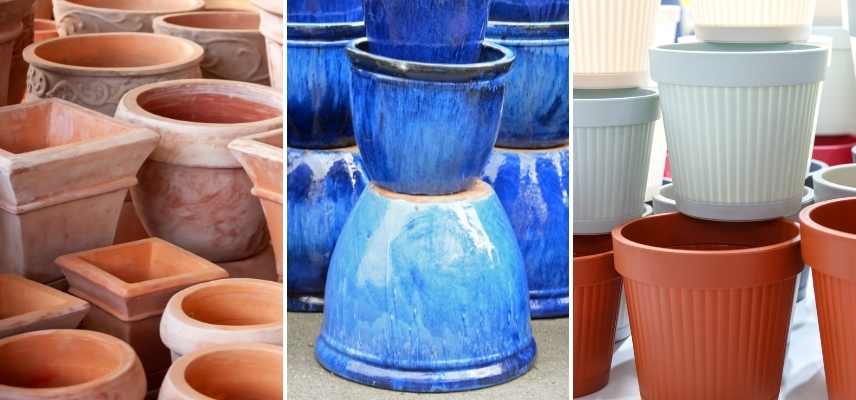
Discover other Helianthemum
View all →Available in 2 sizes
Available in 0 sizes
Available in 1 sizes
Available in 0 sizes
Available in 1 sizes
Available in 2 sizes
Available in 1 sizes
Available in 1 sizes
Available in 1 sizes
Available in 1 sizes
What type of substrate to use?
Helianthems dislike stagnant moisture. Therefore, they prefer a light, well-drained substrate made up of a mix of 50% potting soil, 25% garden sand, and 25% gravel. You can also replace the gravel with pumice or clay balls.
When and how to plant a rock rose in a pot?
When to plant?
The planting of this lovely perennial takes place at the very beginning of spring, between March and May depending on your climate and region. Indeed, this period is conducive to good rooting. Always avoid planting a young plant during frost or periods of intense heat.
How to plant Helianthemum in a pot?
- You can place terracotta shards at the bottom of the pot to prevent the substrate from escaping
- Spread a layer of 5 cm of clay balls or gravel in the bottom of your pot
- Add up to 2/3 of the pot a mixture of 50% potting soil with 25% garden sand and 25% gravel. Note that clay balls or pumice can replace the gravel
- Lightly compact with your hands, then moisten the substrate with a spray bottle filled with rainwater
- Remove your plant from its pot, then place it in the centre of the pot
- Fill with substrate up to 2 cm below the rim of the pot
- Compact the soil with your hands, then water generously
- Add a mineral mulch to prevent the substrate from drying out too quickly
Which exposure to choose?
Helianthemums love sun and warmth. Provide your plant with a sunny position sheltered from cold winds.
How to care for a Potentilla in a pot?
Watering
A Helianthemum does not appreciate excess moisture and tolerates drought. Although this plant requires little water, it will need more care in a pot and consequently more watering than in open ground. Indeed, its substrate will dry out much more quickly.
- During the summer season: provide one to two generous waterings per week, especially during heatwaves. Be sure to allow the substrate to dry out a bit between waterings.
- Add a mineral mulch at the base of your young plant to limit rapid evaporation of water. Do not use organic mulch, as it would retain too much moisture.
- Outside of the summer season, limit watering by allowing the compost to dry out between waterings.
Fertiliser applications
To encourage beautiful flowering, provide a fertiliser for flowering plants at the beginning of spring.
Pruning a Helianthemum in a pot
Pruning the Helianthemum is not obligatory, but it helps maintain a bushy and compact habit. This action is carried out after flowering, between September and October. Using a shear, cut back the shoots of the year to 2 centimetres above the old wood. To encourage a second flowering, pinch off the faded flower spikes at the end of summer.
For further reading
- Discover all our helianthemum varieties
- To learn everything about this magnificent plant, read our guide on helianthemum: planting and growing tips
- Subscribe!
- Contents

































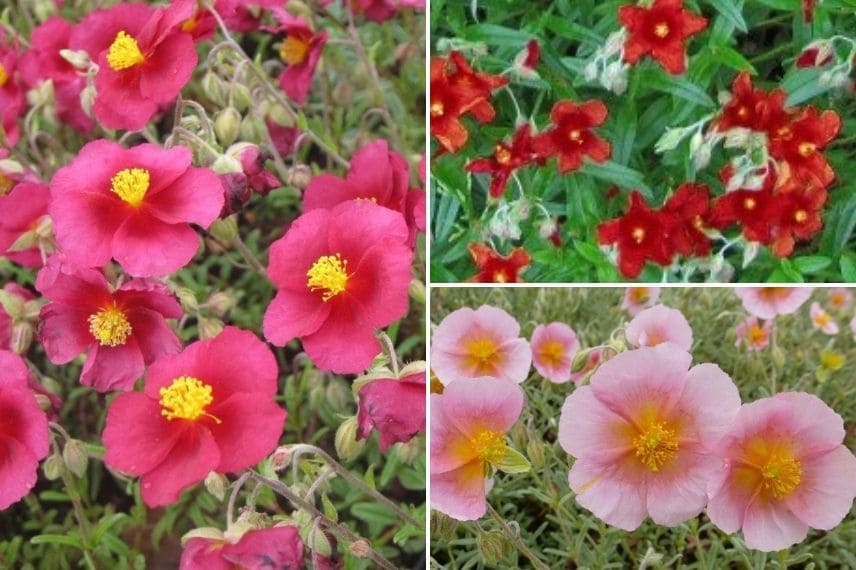

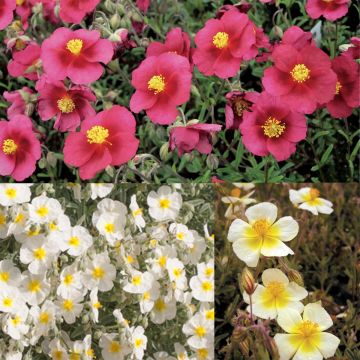

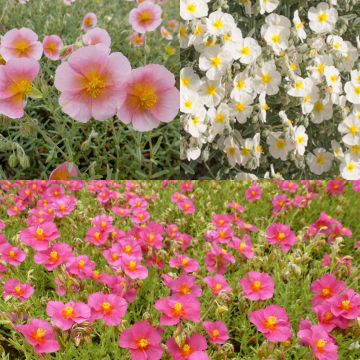
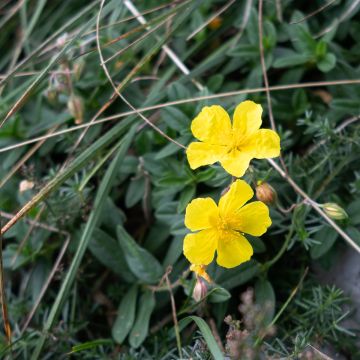
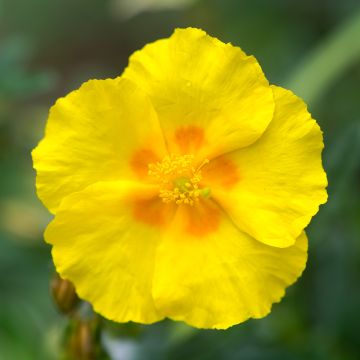

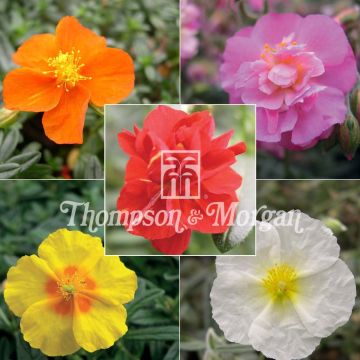
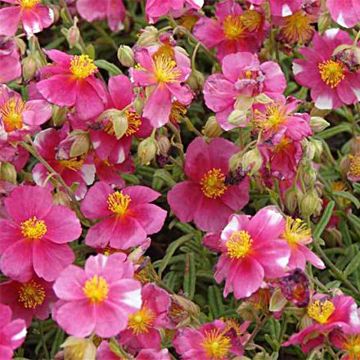
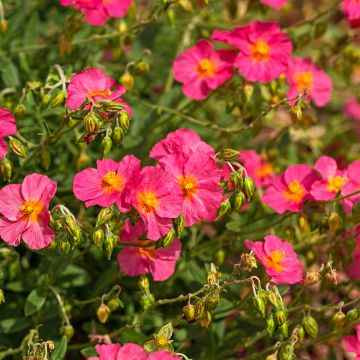
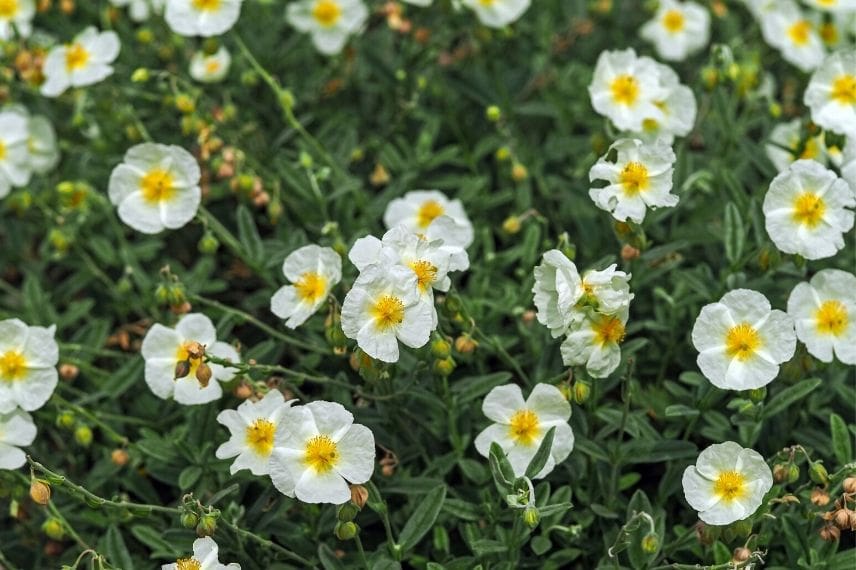
Comments